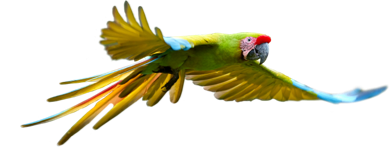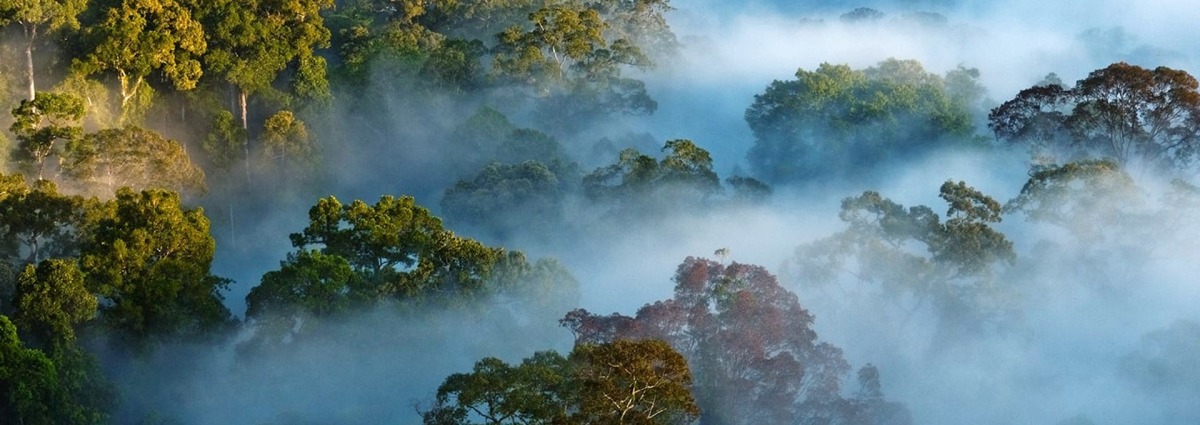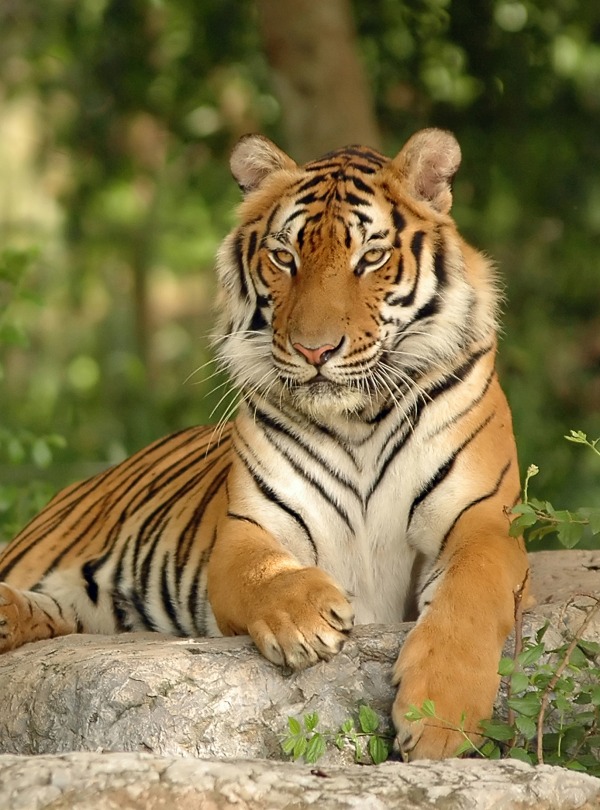
Save Vietnam’s exquisite Grey-shanked Douc Langur
Support more work like this!Support more work like this!Since the late 1970s, the Grey-shanked Douc Langur population has declined by over 80% and it is estimated that only 1,000 individuals remain.
-
Species at Risk
Grey-shanked Douc Langur (CR), Pygmy Slow Loris (EN), Northern Pig-tailed Macaque (VU), Chinese Water Dragon (VU)
-
Carbon stored
8,638*
*(metric tons of CO2 equivalents) -
Partner
GreenViet Biodiversity Conservation Centre (GreenViet)
-
148 Proposed Acres Conserved by
Designation
-
Project Cost: $296,519

148
Since the late 1970s, the Grey-shanked Douc Langur population has declined by over 80% and it is estimated that only 1,000 individuals remain.
-
Species at Risk
Grey-shanked Douc Langur (CR), Pygmy Slow Loris (EN), Northern Pig-tailed Macaque (VU), Chinese Water Dragon (VU)
-
Carbon stored
8,638*
*(metric tons of CO2 equivalents) -
Partner
GreenViet Biodiversity Conservation Centre (GreenViet)
-
148 Proposed Acres Conserved by
Designation
-
Project Cost: £214,869

148
The partner, GreenViet Biodiversity Conservation Center in Vietnam, recently shared some captivating photos and a video of several Grey-shanked Douc Langurs (CR). The partner is currently working on several community-based ecotourism initiatives including locals being trained to be tour guides to go langur watching around the protected area.
Protect one of the last refuges in Vietnam for the Grey-shanked Douc Langur
With its fine features, long white whiskers and orange collar, the Grey-shanked Douc Langur is one of the world’s most striking primates. Found only in the highlands of Vietnam, it lives in small social groups of up to 20 individuals in the tree canopy eating fruits and leaves.
Since the late 1970s, the Grey-shanked Douc Langur population has declined by over 80% and it is estimated that only 1,000 individuals remain. In Tam My Tây, several troops of the Langur, totalling just under 70 individuals, are barely hanging on in four increasingly isolated forest islands surrounded by acacia and oil palm plantations.
Rainforest Trust and our local partner, GreenViet Biodiversity Conservation Centre (GreenViet), have a rare opportunity to secure 148 acres for the Grey-shanked Douc Langur.
Explore Vietnam

The Endangered Gray-shanked Douc Langur, in Vietnam, by Grass Lifeisgood

The Pygmy Slow Loris, by Chien Lee/Flickr

The Vulnerable Northern Pig-tailed Macaque of Vietnam, by Kajornyot Wildlife Photography

The project landscape in Tan My Tay, Vietnam, by GreenViet

Deforestation in Tan My Tay, Vietnam, by GreenViet
Did you know? Only an estimated
Grey-shanked Douc Langurs remain in the wild
Save a stronghold for Langurs
The unprotected plots of habitat in Tam My Tây—which lie 4-6 miles apart from each other—have endured only because they are on higher ground not suitable for cultivation. To ensure the long-term survival of this population additional land connecting the forest islands must be protected and reforested.
Like humans, the primate’s plight is exacerbated by extreme weather conditions. They also suffer poaching as they are a key ingredient in many traditional medicine cures and for the exotic pet trade.
The existing forest habitat in Tam My Tây—though small and fragmented—shelters a surprisingly large number of species that urgently need protection, including the Endangered Pygmy Slow Loris, the Northern Pig-tailed Macaque (VU), 21 reptile/amphibian species including the Chinese Water Dragon (VU), 42 endemic species of birds, 92 species of insects and 147 species of plants.
Help us secure a community solution
The five communities around the proposed Tam My Tây Community Forest are champions of the Grey-shanked Douc Langur and are committed to the creation of this reserve to give the primate a fighting chance.
Rainforest Trust and our partner will work with them and local authorities to establish formal protection of the land and species. A forest guard corps will be recruited, trained and equipped to monitor wildlife, and for forest fires during the dry season. We will also begin the important work of restoring the additional cultivated acres to forest habitat that will enable resident wildlife to move between the existing habitat islands, improving their chances of not only surviving but thriving.
Local community members will help develop plans to address land use concerns in a way that will protect people’s traditional forest practices and benefit resident species at the same time. The peaceful coexistence of humans and non-human species within the protected environment is a guiding goal.


We Value Transparency.
Conservation work is critical, challenging, and can be costly. We work hard to ensure we raise only the funds needed for each project. In the rare case we raise more money than needed or a project comes in under budget, excess monies will be transferred to the Conservation Action Fund. This fund supports our important conservation work throughout the tropics.
Learn more about the Conservation Action FundLearn more about the Conservation Action Fund

Partnering to Save Rainforest
Our partners’ ability to work with their governments and build strong connections with local communities ensures the successful implementation of our projects.
Learn More About This PartnerLearn More About This Partner
